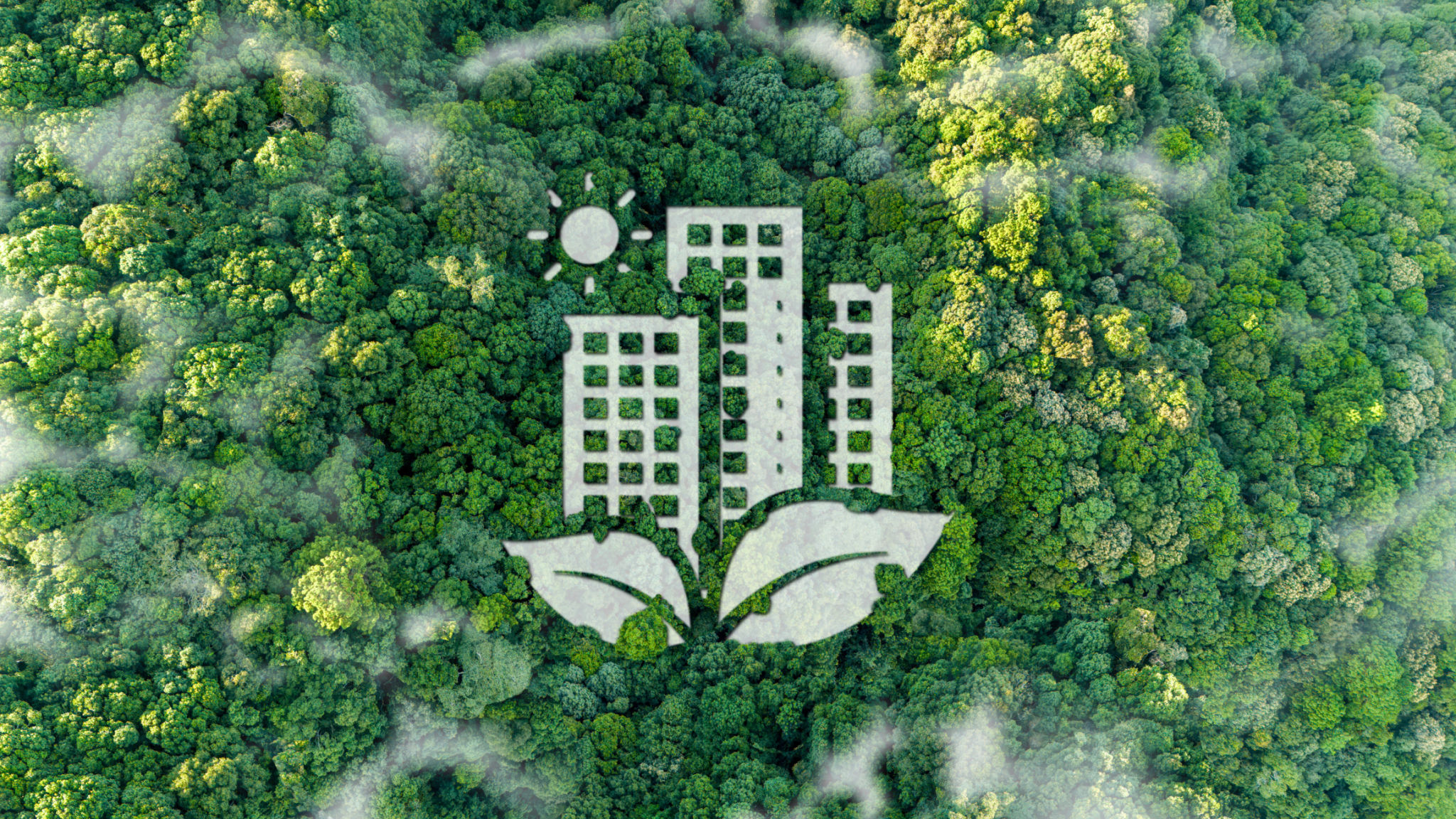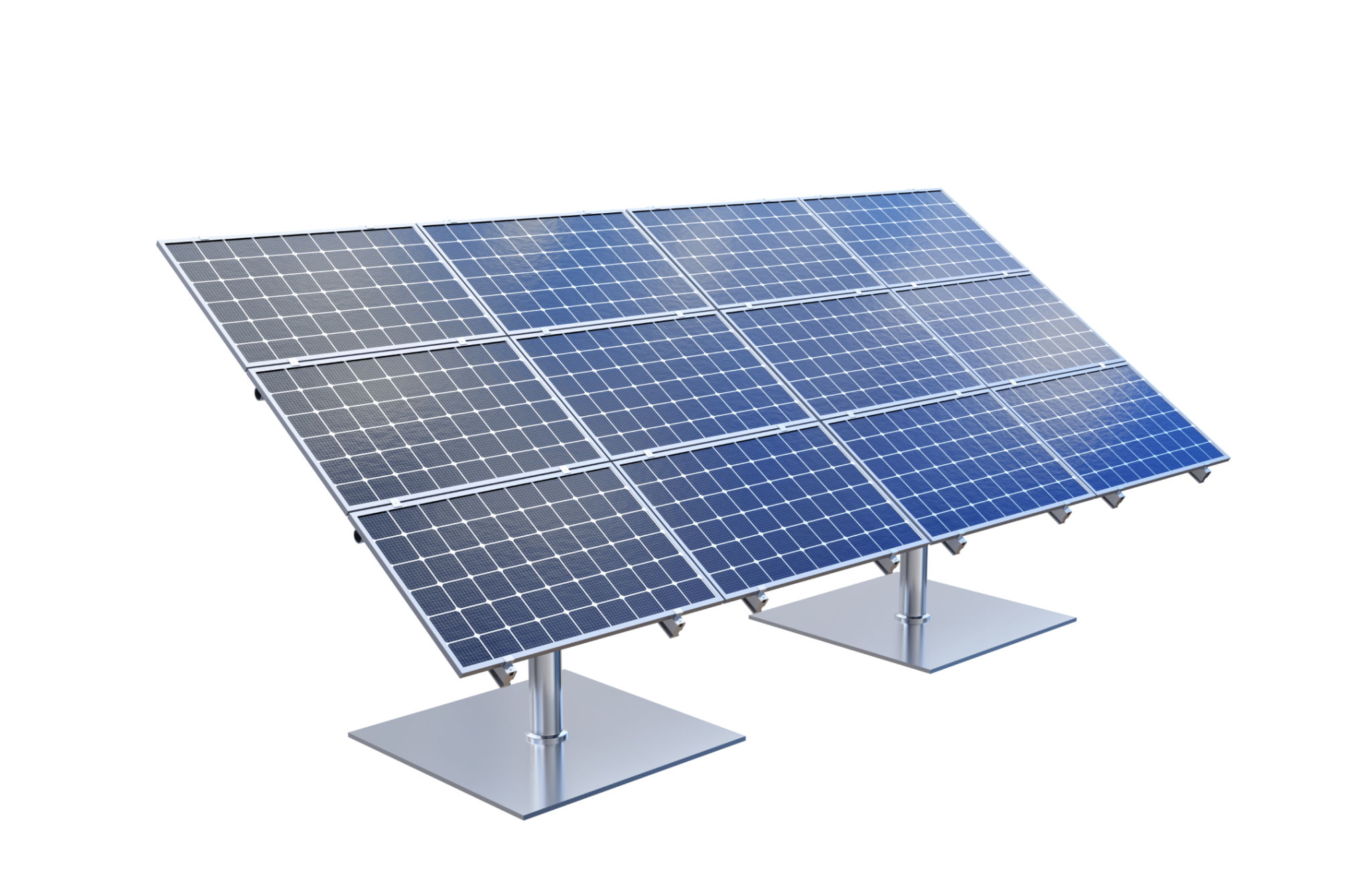The Environmental Benefits of Choosing a Modern Prefabricated Home
The Rise of Prefabricated Homes
In recent years, there has been a significant shift towards sustainable living, with homeowners increasingly seeking options that are environmentally friendly. One such option is the modern prefabricated home. These homes are gaining popularity due to their efficiency, cost-effectiveness, and most importantly, their reduced environmental impact.
Prefabricated homes, often called prefab homes, are constructed in sections within a factory setting and then transported to the site for assembly. This method of construction offers several advantages over traditional building methods, particularly in terms of sustainability and environmental conservation.

Energy Efficiency and Reduced Waste
One of the most compelling environmental benefits of prefabricated homes is their energy efficiency. Factories that produce prefab homes typically use precision engineering techniques that result in tighter seams and more efficient wall insulation. This means that prefab homes often require less energy for heating and cooling, thereby reducing the overall carbon footprint of the household.
Moreover, prefab construction significantly reduces material waste. Traditional home building often results in excessive waste due to cutting materials on-site. In contrast, prefab manufacturing utilizes advanced technology to minimize waste by cutting materials precisely and recycling any excess.

Sustainable Materials
Another advantage of choosing a modern prefabricated home is the use of sustainable materials. Many manufacturers prioritize eco-friendly materials such as recycled steel, bamboo, and sustainably sourced wood. This not only helps in conserving natural resources but also ensures that the homes are built to last, reducing the need for repairs and replacements.
Additionally, many prefab homes incorporate green technologies such as solar panels and rainwater harvesting systems. These features further enhance the sustainability of the home and contribute to a reduction in utility costs for homeowners.
Lower Carbon Footprint
The controlled environment of a factory allows for better management of resources and energy usage during the construction process. As a result, prefabricated homes generally have a lower carbon footprint compared to traditionally built homes. By centralizing the construction process, it is easier to implement and maintain environmentally friendly practices.

Transportation of materials is also minimized with prefab homes. Traditional construction often involves multiple deliveries of materials, increasing fuel consumption and emissions. Prefab homes, however, are delivered in sections, which reduces transportation needs and further lowers the environmental impact.
Conclusion: A Step Towards Sustainable Living
Choosing a modern prefabricated home is an excellent way to contribute to environmental sustainability while enjoying the benefits of a contemporary, comfortable living space. With their energy-efficient designs, use of sustainable materials, and lower carbon footprint, prefab homes represent a significant step towards eco-friendly living. As more people become aware of these benefits, it's likely that the popularity of prefabricated homes will continue to grow, leading to a greener future for all.